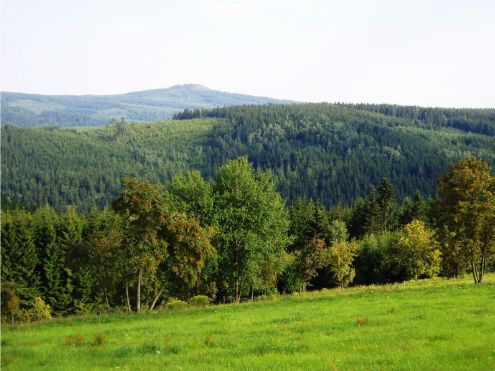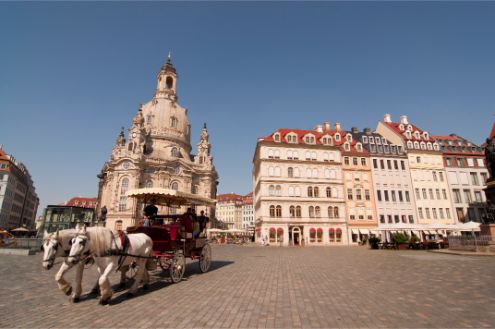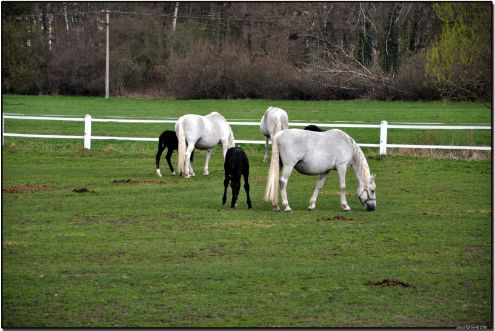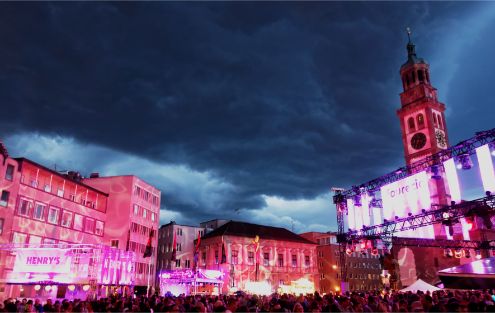Following the World Heritage Committee’s conference in July 2019, seven new sites in Europe have been inscribed on UNESCO’s list to ensure these locations of natural and cultural importance are conserved. Why not incorporate a visit to one of these on your next holiday?
Erzgebirge/Krušnohoří Mining Region, Czechia/Germany

Image Credit: Udo Schröter
The Ore Mountains Mining Region, which spans across the border between eastern Germany and north-western Czechia, was an important source of silver ore during the 15th and 16th centuries and triggered various technological innovations during the Industrial Revolution. Tin was later extracted and processed at the site, followed by uranium towards the end of the 19th century. In all, the cultural landscape in this area has been shaped by 800 years of nearly continuous mining.
Tourism in the region began in the 19th century thanks to railway access to the Upper Ore Mountains, when skiers enjoyed the guaranteed snow on the ridges. The Fichtelberg Cable Car, which opened in 1924, still takes visitors to the highest mountain in Saxony.
A tourist trail between Zwickau and Dresden, based on the historical Silver Road, takes visitors through the mountains and links up the main attractions, which include visitor mines, technical and local history museums, medieval town centres in old mining towns, major churches and some of the many architecturally different castles such as Augustusburg Castle.
Christmas markets and miners’ parades are also popular traditions of the area during the winter months.

Image Credit: b3tarev3
Landscape for Breeding and Training of Ceremonial Carriage Horses at Kladruby nad Labem, Czechia

Image Credit: János Korom Dr. >14 Million Views
Kladruby nad Labem in Czechia is a site designed with flat, sandy soils, fields, pastures and a forested area for the purpose of breeding and training the oldest indigenous Czech horse breed, the Kladruber, famously used in ceremonies by the Habsburg imperial court. The stud farm was established in 1579 and remains one of Europe’s leading horse-breeding institutions, and can be found just over an hour away from Prague by car.
Throughout the summer months, visitors can enjoy a guided tour of the stables, the coach room, the chateau, the forester’s lodge, and the training centre, learning about the life of horses raised in this National Stud as well as the styles and stories of the penultimate Austrian emperor Franz Joseph I and his wife Sisi.
Water Management System of Augsburg, Germany

Image Credit: XoMEoX
Augsburg is a pioneering town in hydraulic engineering; its water management system has evolved in various phases since in the 14th century and includes a network of canals, water towers, a water-cooled butcher’s hall, monumental fountains, and hydroelectric power stations which provide sustainable energy up to this day.
As the third largest city in Bavaria, there is plenty to explore apart from the fountains and canals: the Renaissance style Town Hall from 1920, the Perlachturm bell tower from 989, the Rococo mansion Schaezlerpalais housing an art museum, the puppet theatre, the botanical gardens, and the 9th century cathedral, to name but a few.
Krzemionki Prehistoric Striped Flint Mining Region, Poland
The Krzemionki Flint Mining Region in the mountainous Świętokrzyskie area includes four mining sites dating from 3900 to 1600 BCE, which were dedicated to the extraction and processing of striped flint, mainly used for axe-making.
Visitors to the site, around 2.5 hours by car from Warsaw, can learn about the underground structures, workshops, and 4000 shafts and pits, as well as about the cultural traditions around these prehistoric settlements from the Stone Age.
Title Image Credit: Holger Baschleben (Image Cropped)